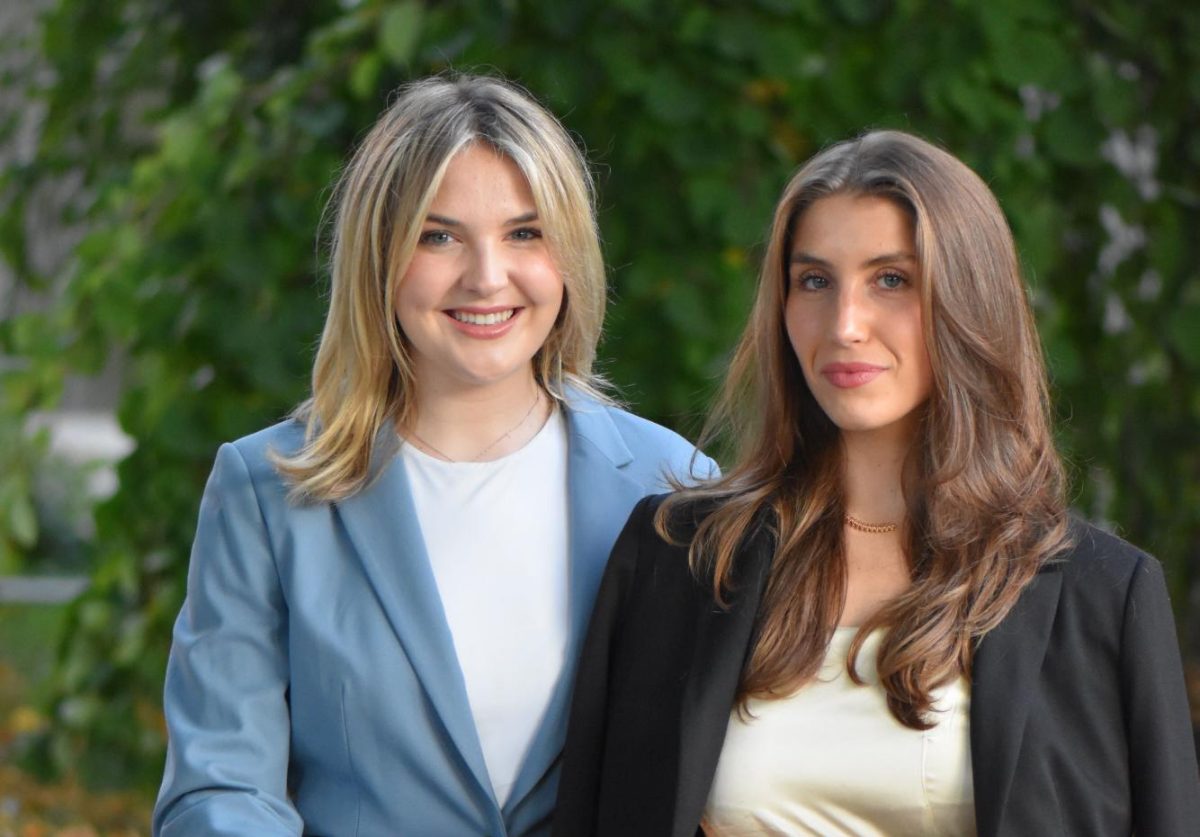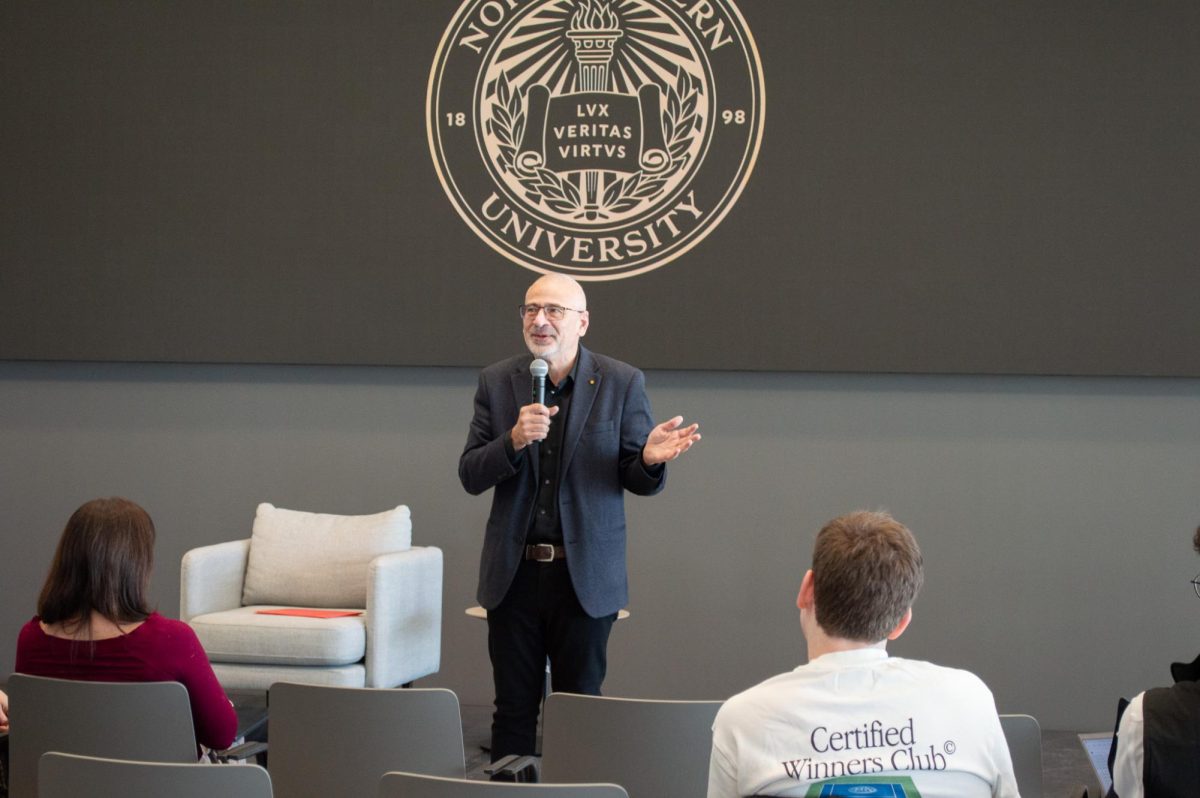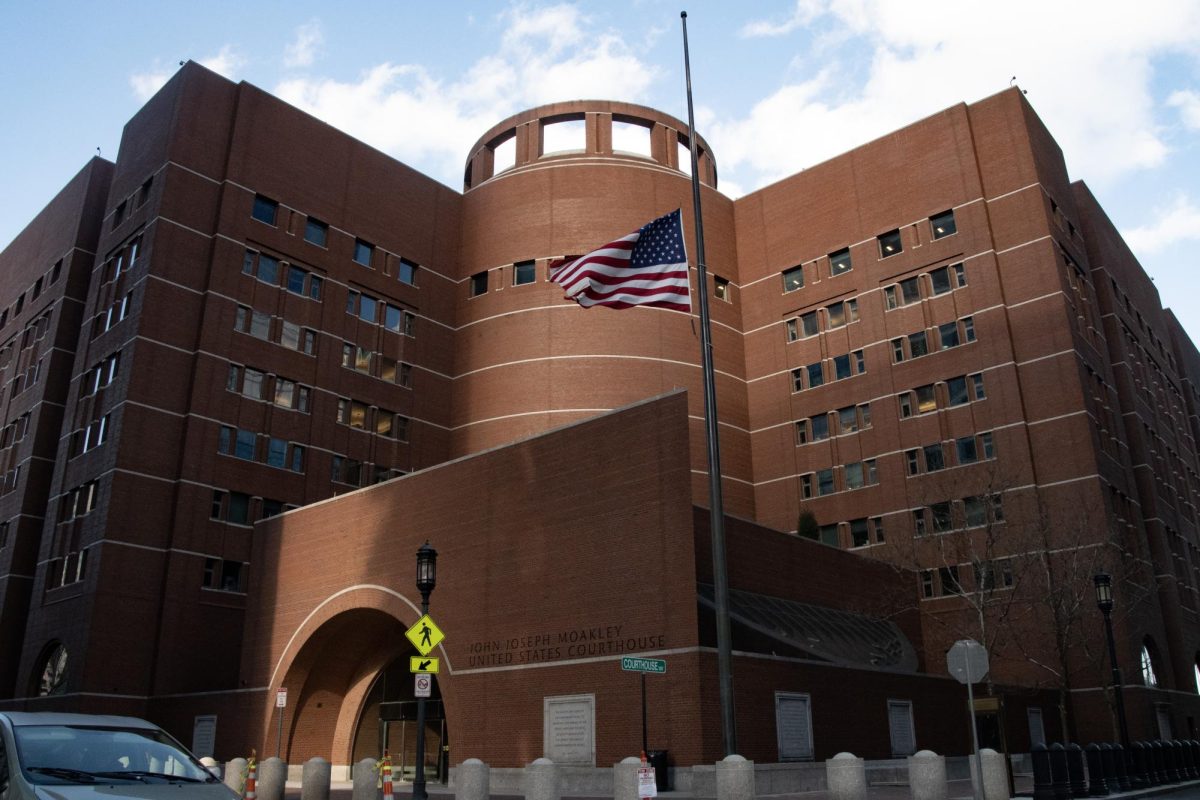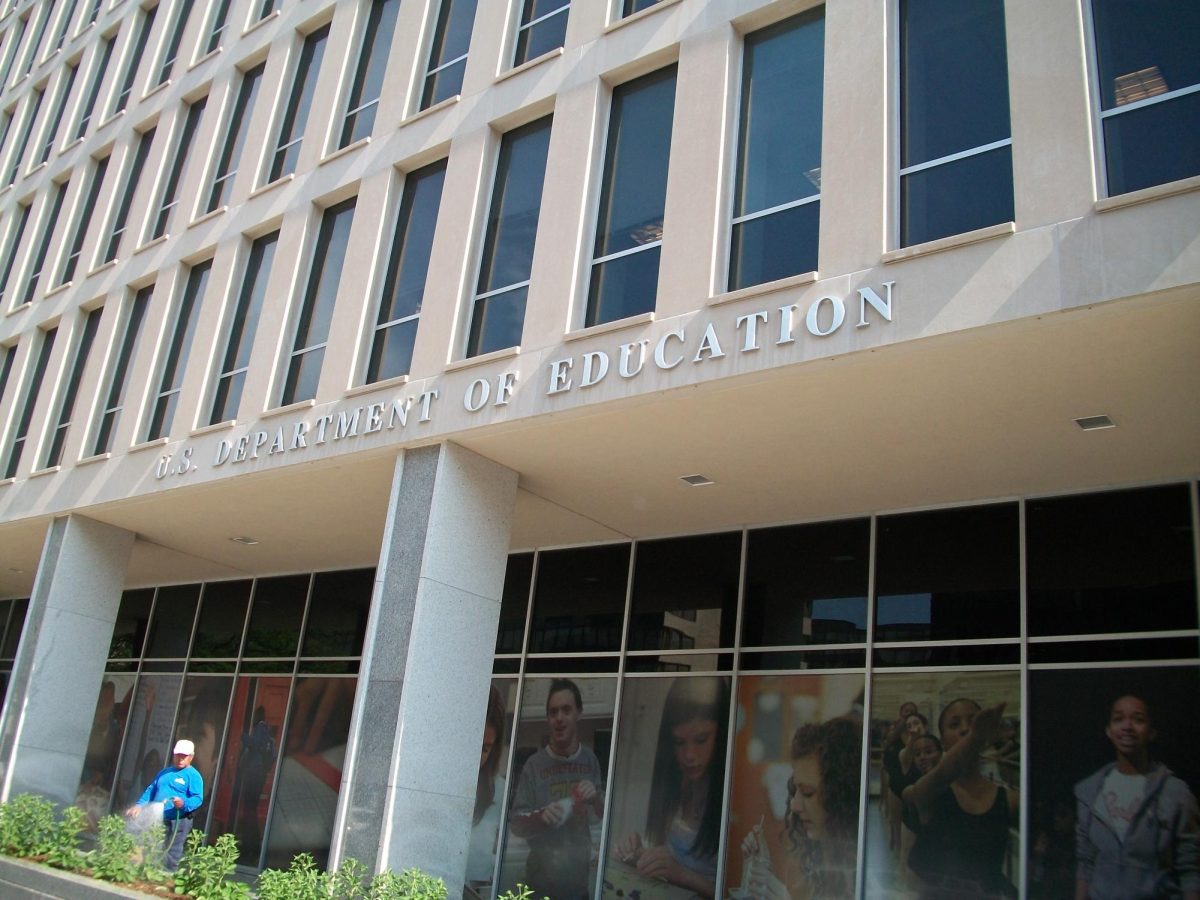It’s a Friday morning in front of Starbucks on Boylston Street. Students are just starting to shake off the grogginess from pulling that all-nighter and business professionals are gathering their things to head off to work. Soon Starbucks and coffee shops alike will open their doors to a swarm of people, united in their need for one key item: coffee.
“Without my coffee in the morning I’m brain dead,” said Stephen Rivoli, a senior at Boston University. “I’ve gotten so accustomed to that fix every morning that without it my day’s off kilter.”
Every day, coffee shops across the country open their doors to espresso-junkies longing for their first caffeine fix of the day.
Rivoli isn’t alone in his love affair with caffeine. Each day, more than 54 percent of the US population joins him in a cup of hot coffee to jump-start their morning, according to Coffeeresearch.org (www.coffeeresearch.org)
With an evident rise in marketing attempts when compared to a decade ago, coffee companies are now selling more than just coffee. To some, they’re selling an image and feeding a psychological addiction.
Caffeine addictions are starting to gain spotlight as more and more consumers are being plagued by anxiety attacks, “withdrawal headaches” and an oral fixation comparable to cigarettes. Dietitians and nutritionists are starting to refer to these addictions as the most prevalent in the world, yet the least known.
The caffeine in coffee is what makes it a narcotic beverage. Caffeine belongs to the same alkaloid group of chemicals as morphine, nicotine and cocaine, other very addictive substances known to be commonly abused, according to Dr. Fateh Srajeldin N.D., a naturopathic doctor and the director of the Naturopathic and Allergy Clinic in Toronto, Ontario.
Coffee consumption, Srajeldin said, can result in harmful side effects on the human body. More than 250 mg of coffee can overstimulate the entire nervous system, raise blood pressure and also increase a person’s heart rate. Srajeldin also said that shortly after drinking coffee, java-holics will find their blood sugar level dropping to a low margin causing what many define as the “jitters,” irritability and the inability to concentrate.
This past November, according to a press release from the Starbucks Corporation, the company declared having the highest monthly comparable store sales growth in a three-year span. In the month of November alone, the company reported a 28 percent increase from consolidated net revenues for the company of $301 million for the same period in fiscal 2003.
The rise in young adults and teenagers getting their caffeine fix through coffee and other beverages of the sort may not be all due to marketing targeted at their age bracket. Instead, as noted in a survey conducted by the Agricultural Department, a link may exist between the current caffeine-crazed populace and increasing amount of children exposed to caffeinated drinks.
A 1994 survey by the Agricultural Department found teenagers and even younger children consuming an average of over 64 gallons of caffeine-packed soda a year. Since the late 1970s this amount has doubled in children, ages 6 to 11, and tripled for teens during the same period.
The link between caffeine-loaded children and a younger demographic of Starbucks regulars may be strong, but other factors including the marketing and image projected start these young Americans on their road to addiction.
“[Coffee drinkers] are starting even earlier,” Rivoli said. “We’re unconsciously legally breeding a new group of addicts. We’re breeding caffeine junkies.”









